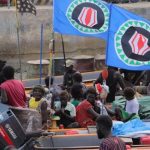Few places show the horror of the 2011 Great East Japan Earthquake like Ukedo Elementary School, where 92 students and staff managed to survive, despite 152 people perishing and over 400 homes being destroyed in the area.
Yet while it is now painted as the benchmark for dealing with tsunamis, the truth is that the children survived by being very un-Japanese and deliberately not following instructions. The staff refused to let the kids leave with their parents and defied official evacuation protocols. Now the school survives as a memorial not just to their survival, but also to the scale of the tragedy itself.
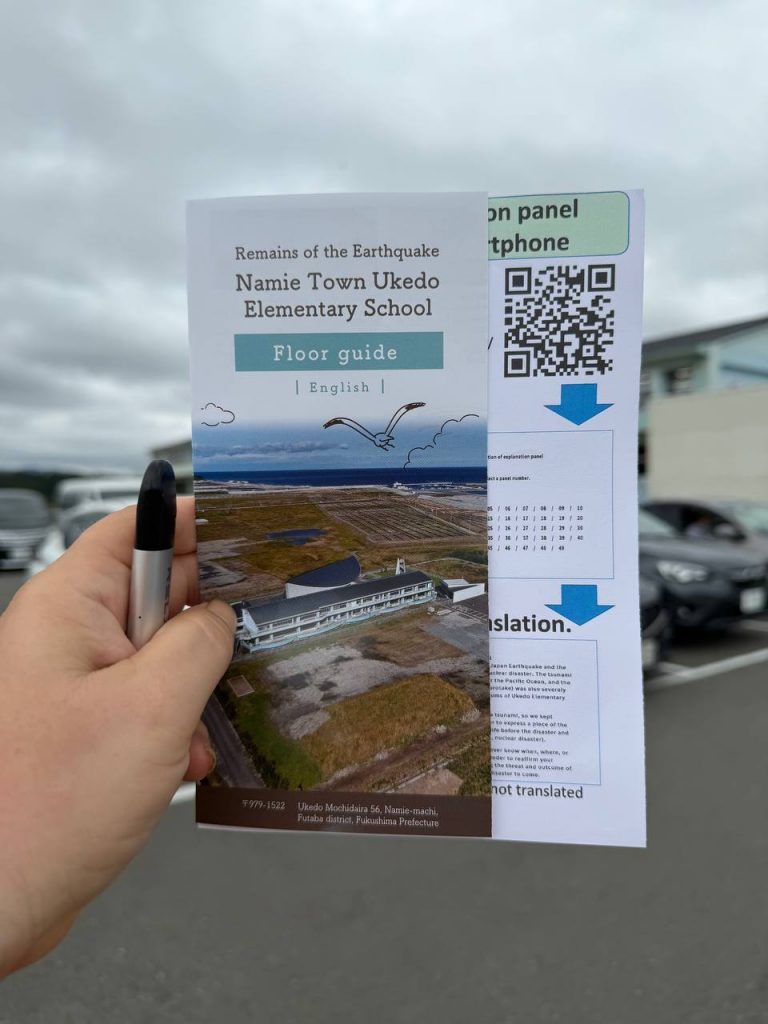
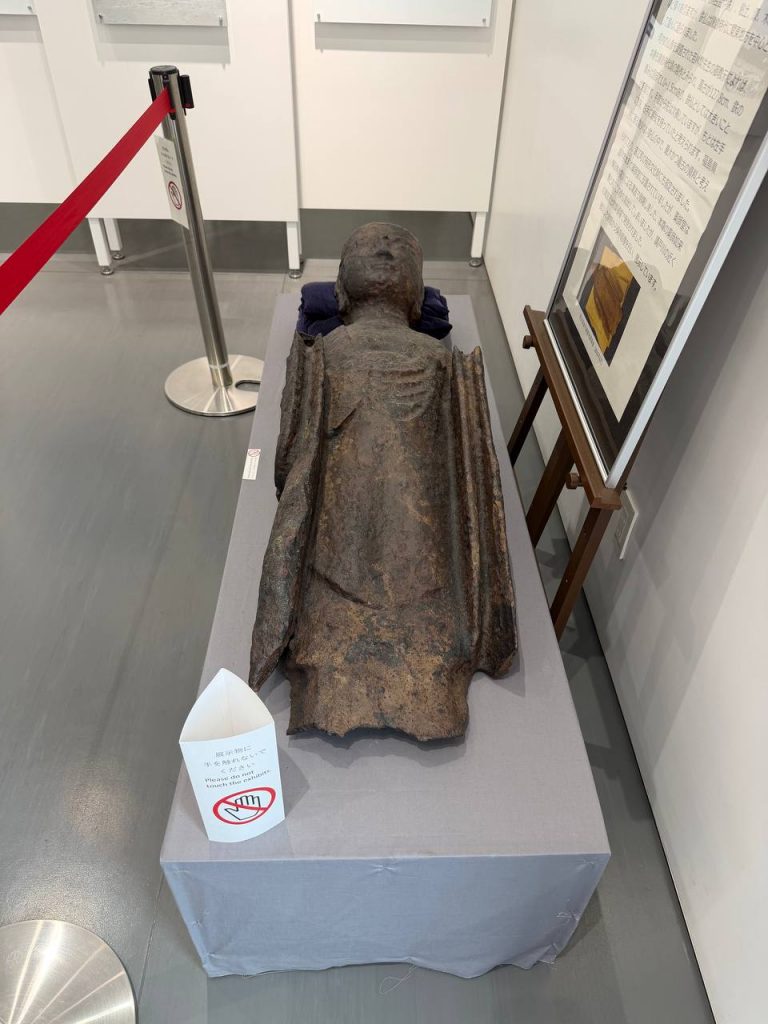
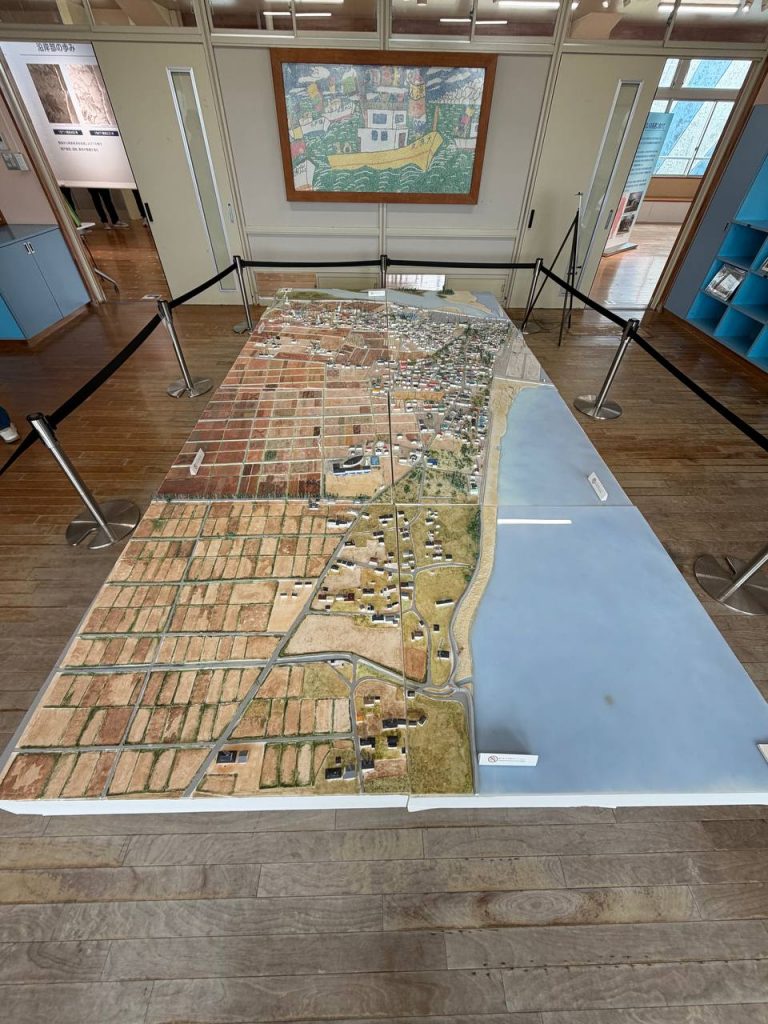
The 2011 Earthquake, Tsunami and Nuclear Disaster
At 2:46 p.m. on March 11, 2011, a magnitude 9.0 earthquake struck off the east coast of Japan. The shaking was violent and immediate, collapsing buildings and cutting power lines. Within minutes, a tsunami exceeding 14 metres surged inland. Entire towns were swept away in seconds. The Fukushima Daiichi Nuclear Power Plant was badly damaged, causing meltdowns and forcing tens of thousands to evacuate.
Along the coastline, the disaster claimed 15,899 lives, injured 6,157 people, and left 2,529 missing. Over 120,000 buildings were completely destroyed and more than 280,000 partially destroyed. In Namie Town specifically, the water claimed 152 lives and destroyed over 400 homes, leaving the landscape flattened and unrecognisable. Still today the whole of Fukushima is but a shell of its past self.
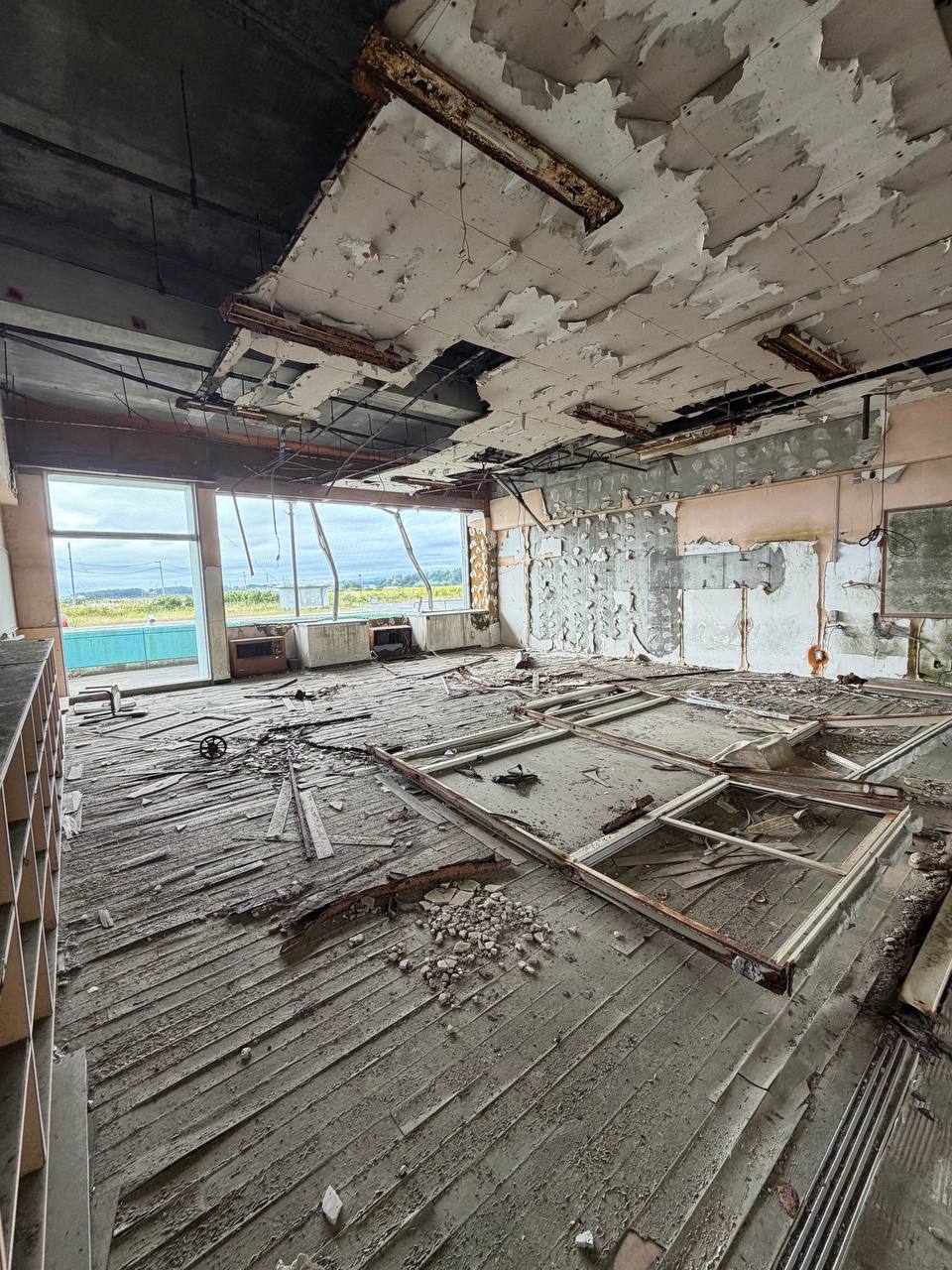
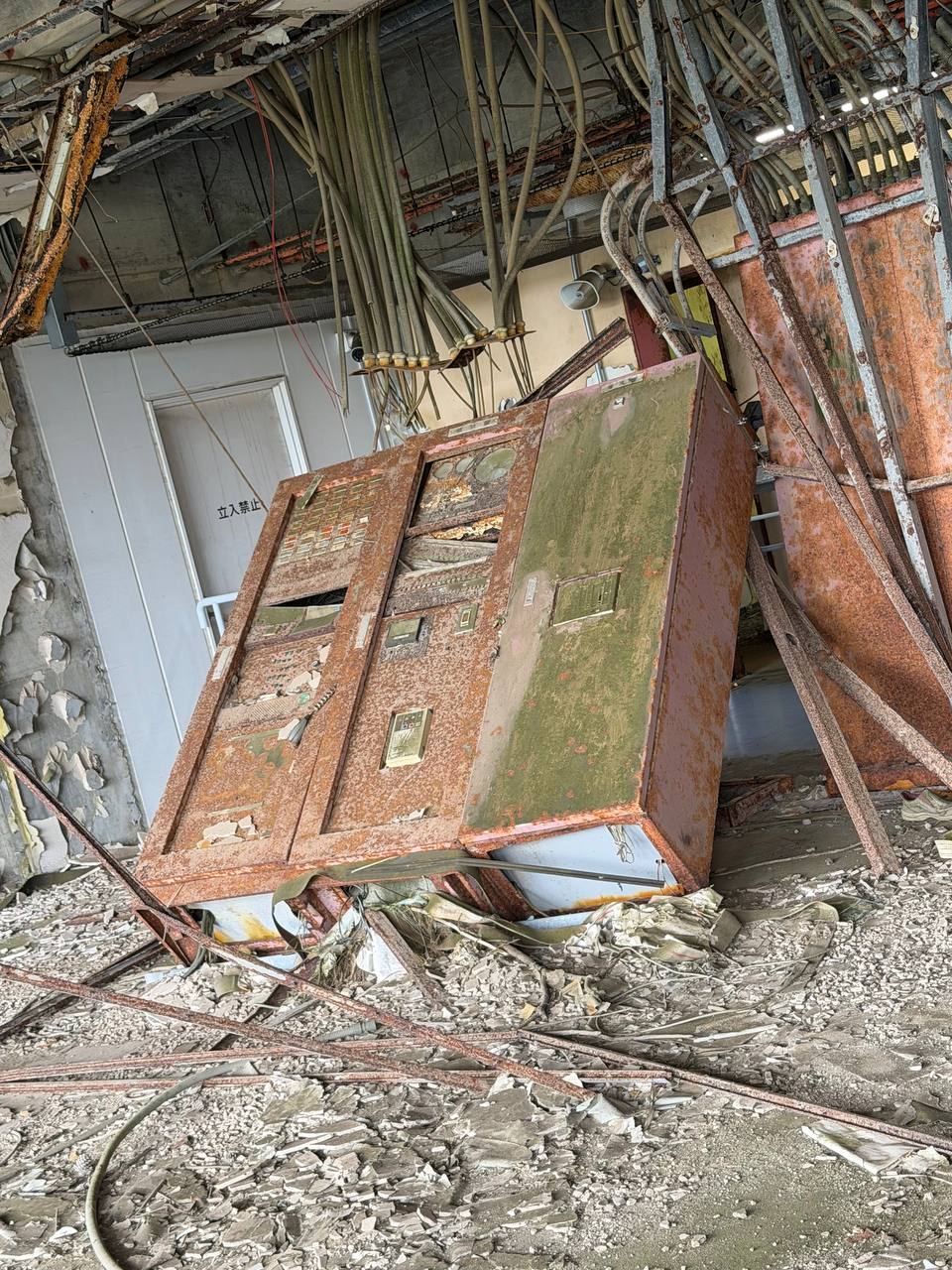
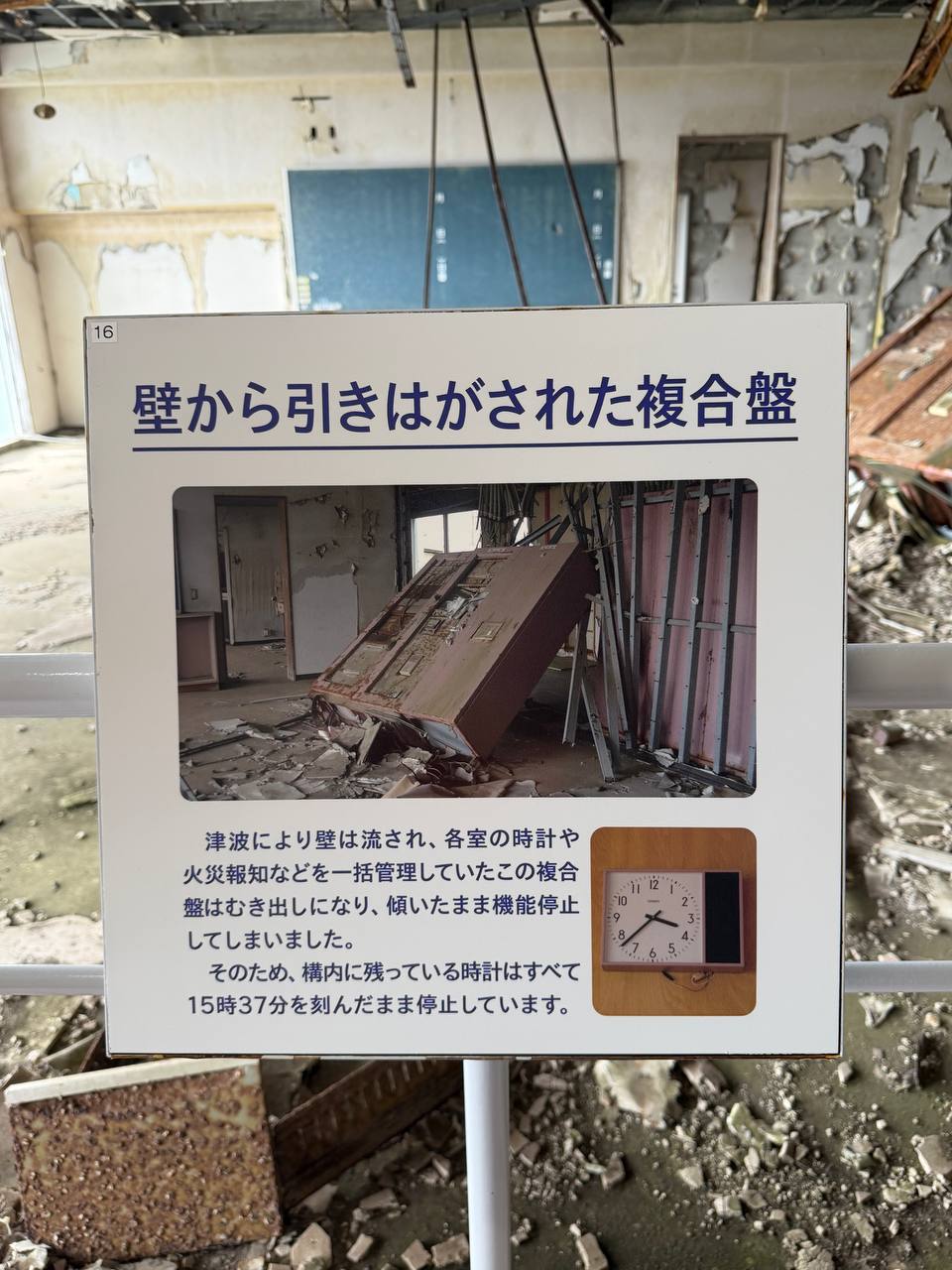
The Ukedo Elementary School in Namie Fukushima Story
Ukedo Elementary School, situated just 200 metres from the Pacific Ocean, found itself directly in the path of the devastating tsunami on March 11, 2011. That afternoon, 92 students and staff were present. Official evacuation protocols would have had them move to low-lying areas or allow parents to take their children. The staff ignored these instructions. They refused to let the kids leave with their parents, insisting they would move to higher ground themselves.
The evacuation was frantic. Teachers grabbed terrified children by the hand and led them up a steep, winding path to Mount Ohirayama, approximately 1.5 kilometres inland. The road was uneven, muddy, and slippery from the rain that had followed the earthquake. Some students screamed. Some slipped and scraped their knees. Some froze, unable to believe what was happening. Every adult had to shout, coax, and literally carry children at times. No one was left behind inclding one child in a wheelchair, who quite literally had to be carried.
The critical moment came when one student, familiar with the local terrain, took the lead. The teachers made the extraordinary decision to trust him completely. This was a child, not even in his teens, and they followed him uphill, ignoring common sense and all protocol. Had they hesitated or doubted him, they would have been caught by the tsunami. As they climbed, the sound of the approaching water could be heard in the distance, a low rumble that grew louder with every second.
Meanwhile, much of the surrounding town followed official instructions and perished. Streets that should have led to safety became death traps. At Ukedo, the children survived because the staff acted with quick thinking, defiance, and raw common sense rather than blind obedience. Within half an hour, all 92 had reached the summit. From there, they watched the tsunami sweep through the streets below, flattening homes, cars, and lives in a terrifying, unstoppable wave. The school building itself was heavily damaged but remained standing, a battered witness to one of the most extraordinary escapes of the disaster. The bravery, defiance, and trust in a child made this survival story almost unbelievable, yet it saved every single life present that day.
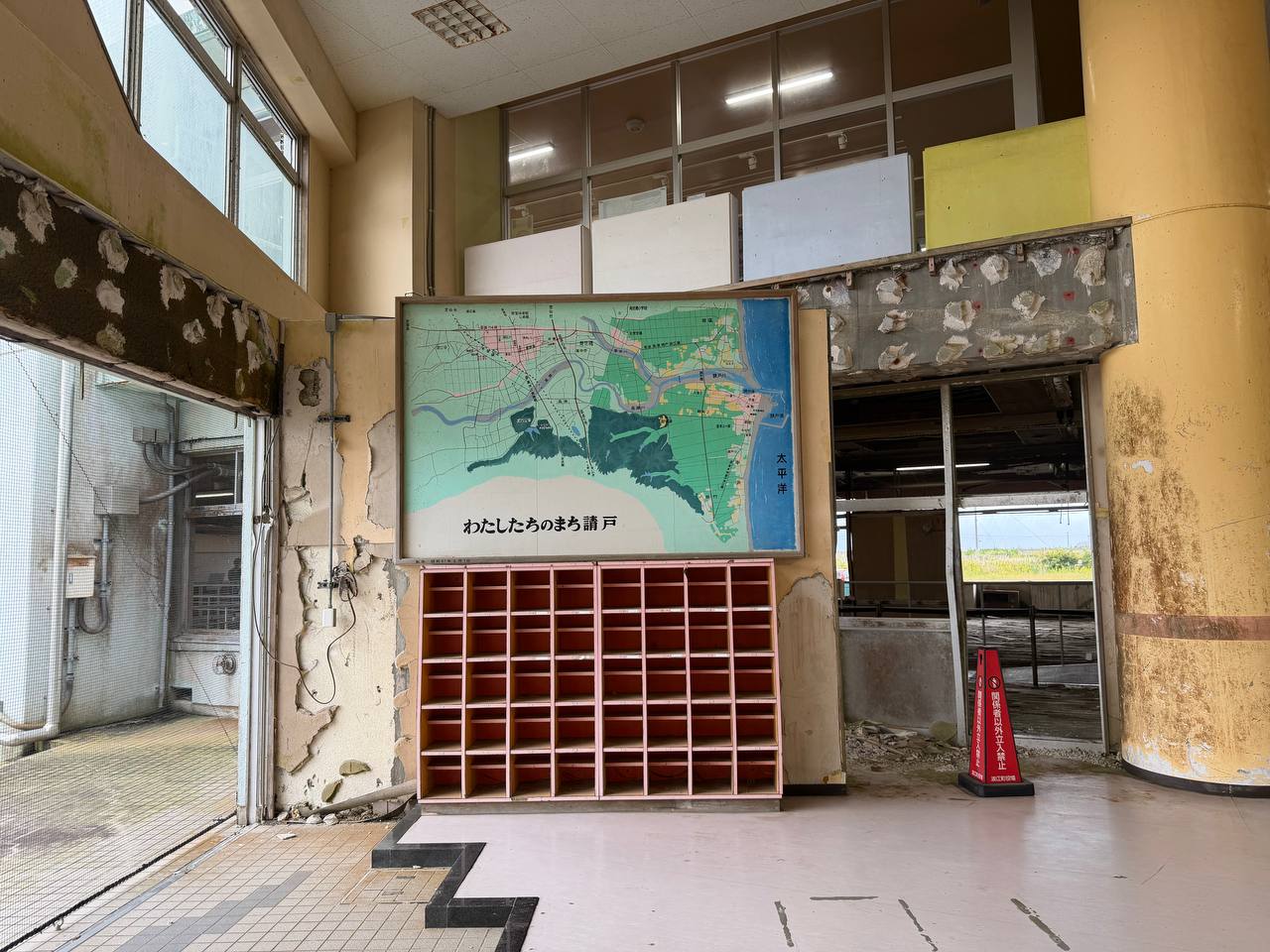
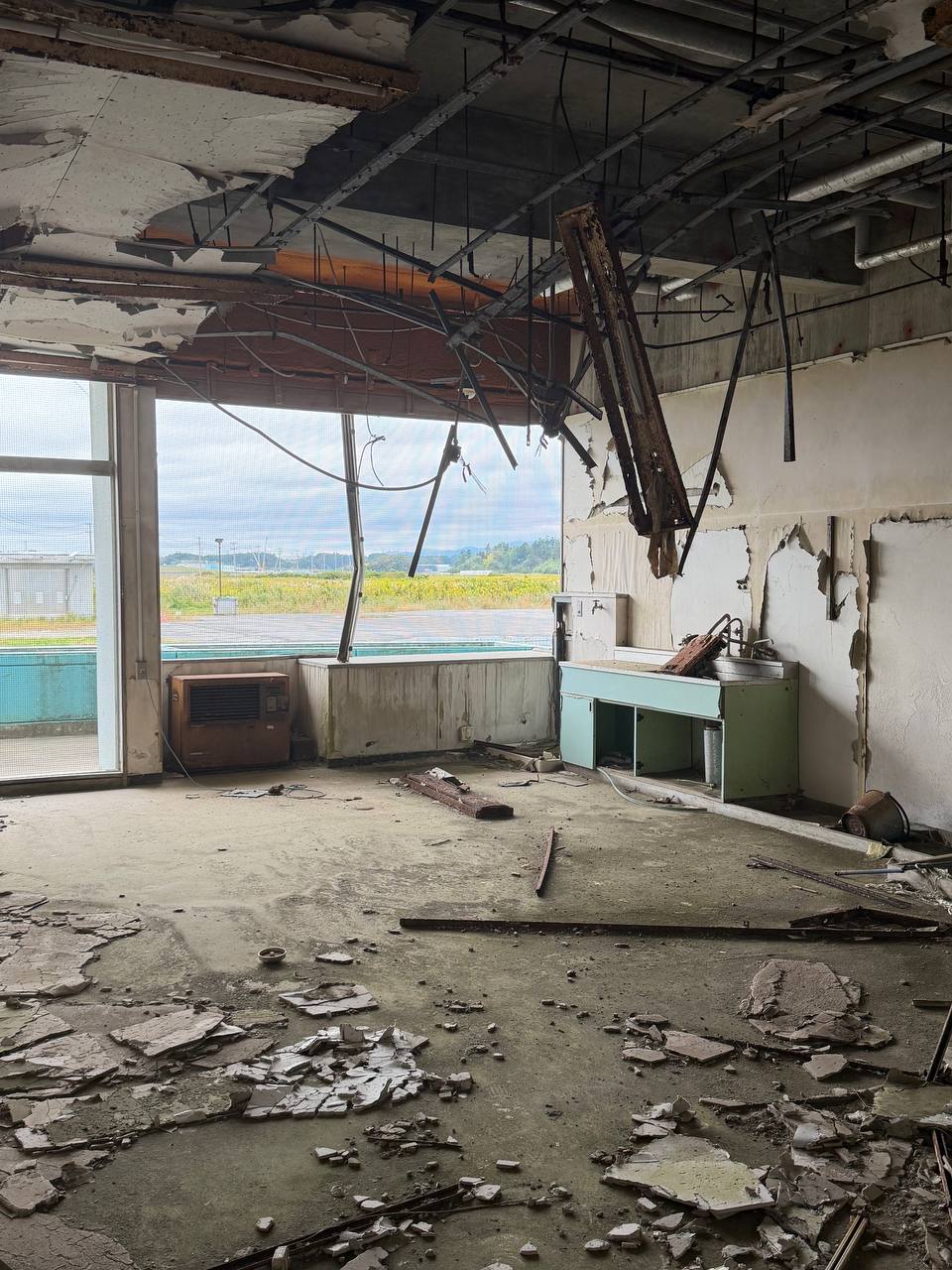
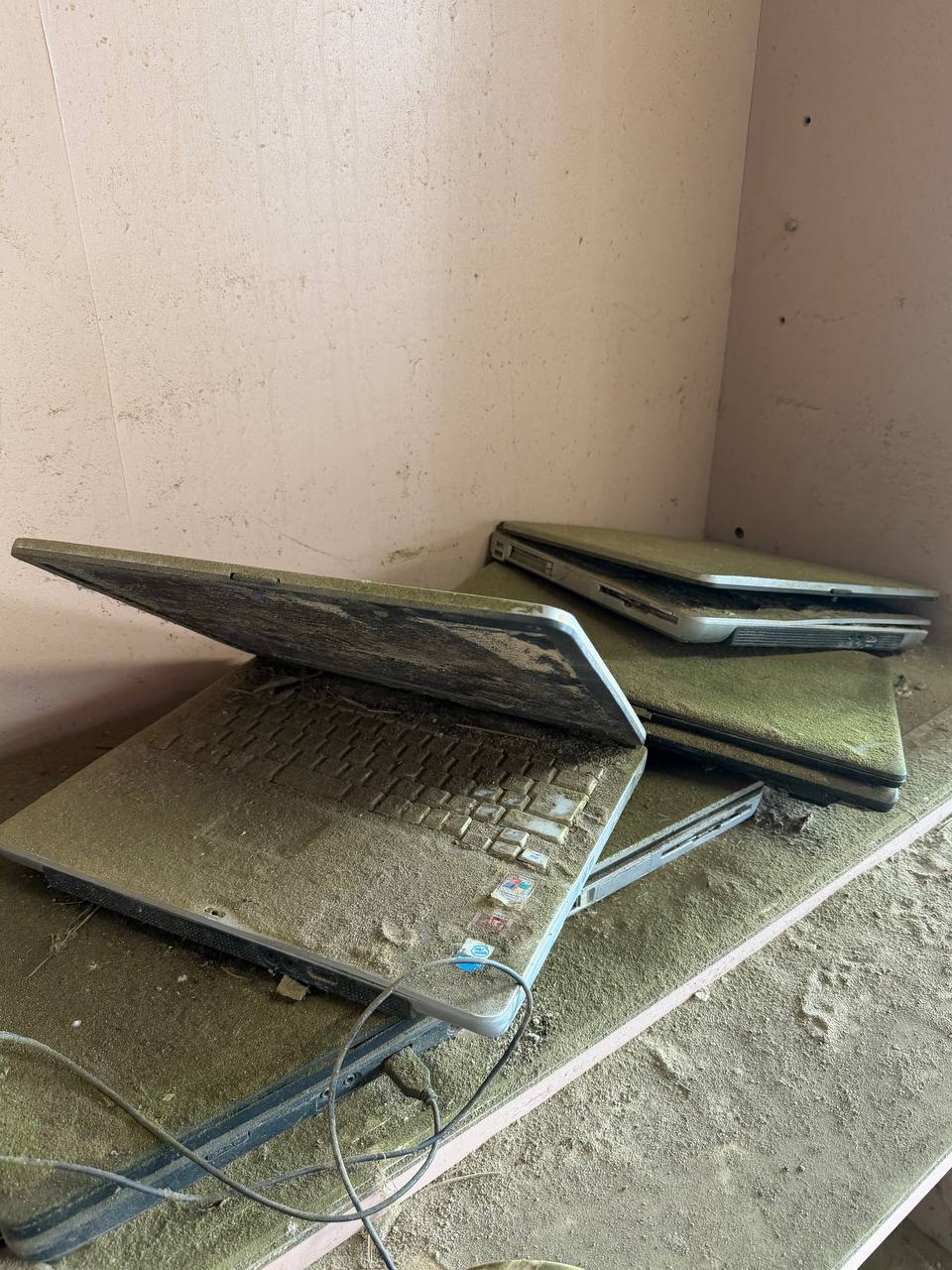
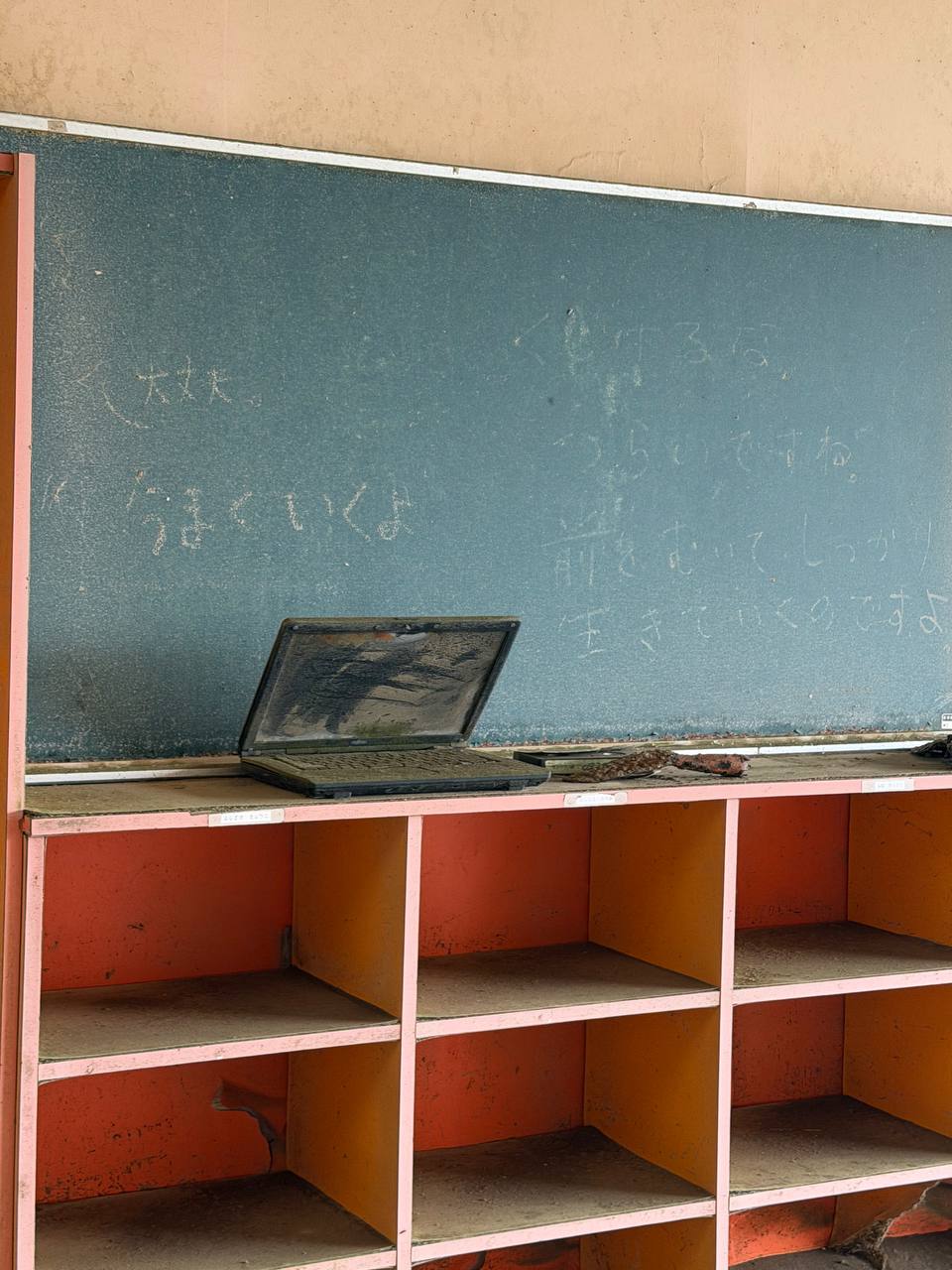
Visiting Ukedo Elementary School
Today, Ukedo Elementary is preserved as a disaster heritage site. Walking through the school, you see the water marks on the gymnasium walls, stretching several metres high. The cafeteria is still intact. The classrooms remain empty, the floors warped and cracked from the flood. The grounds are quiet, the smell of the sea faint but lingering, and you can almost hear the echoes of the children running up the hill that day.
The school is located in Namie Town, Fukushima Prefecture, and is open most weekdays for visitors. You can walk the hallways, see photographs documenting the evacuation, and stand in the gym where the children waited, frozen and terrified but alive. Visiting gives a clear sense of the scale of the disaster and the extraordinary bravery of the staff who defied protocol to save lives.
Address: 7 Ukedo, Namie Town, Futaba District, Fukushima Prefecture 979-1521 Japan
Contact: +81 240 23 7041
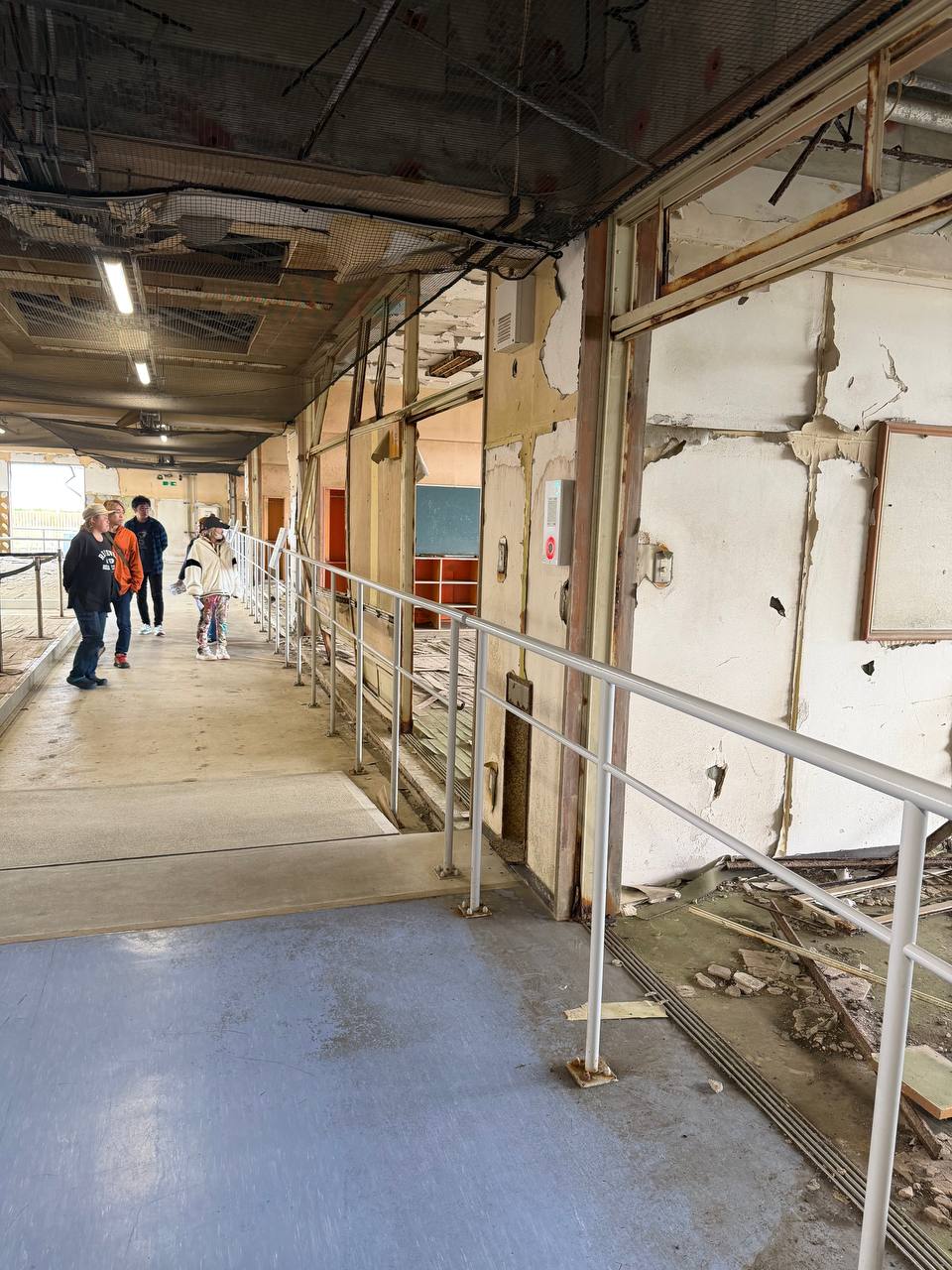
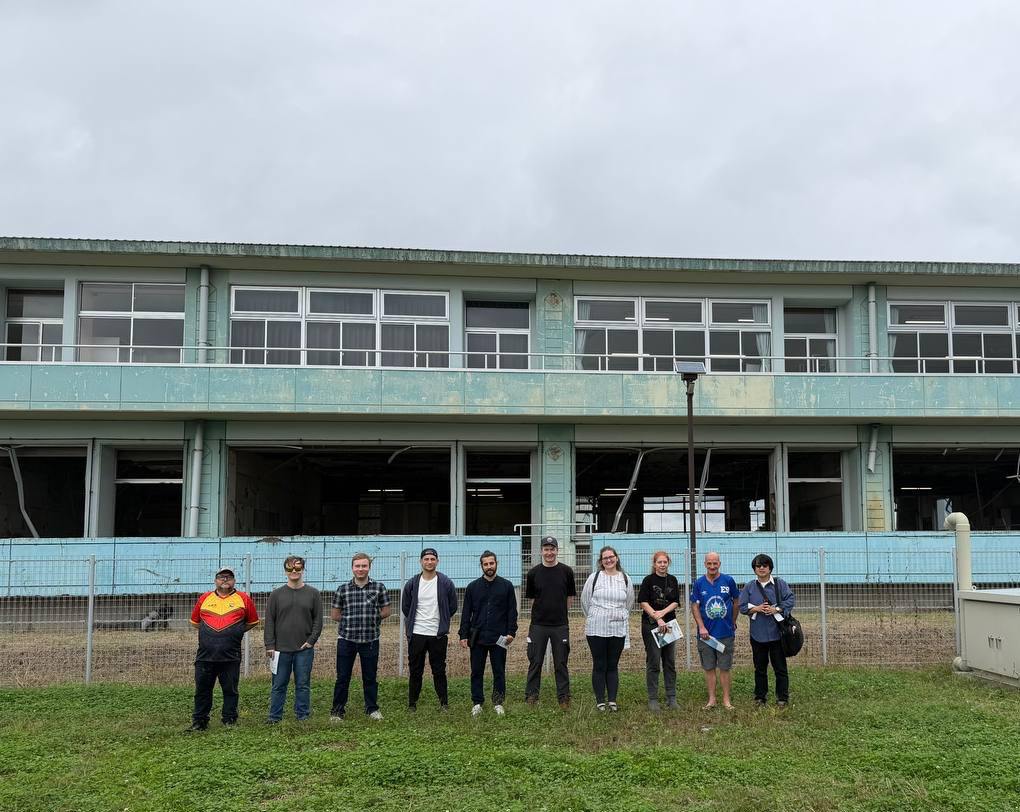
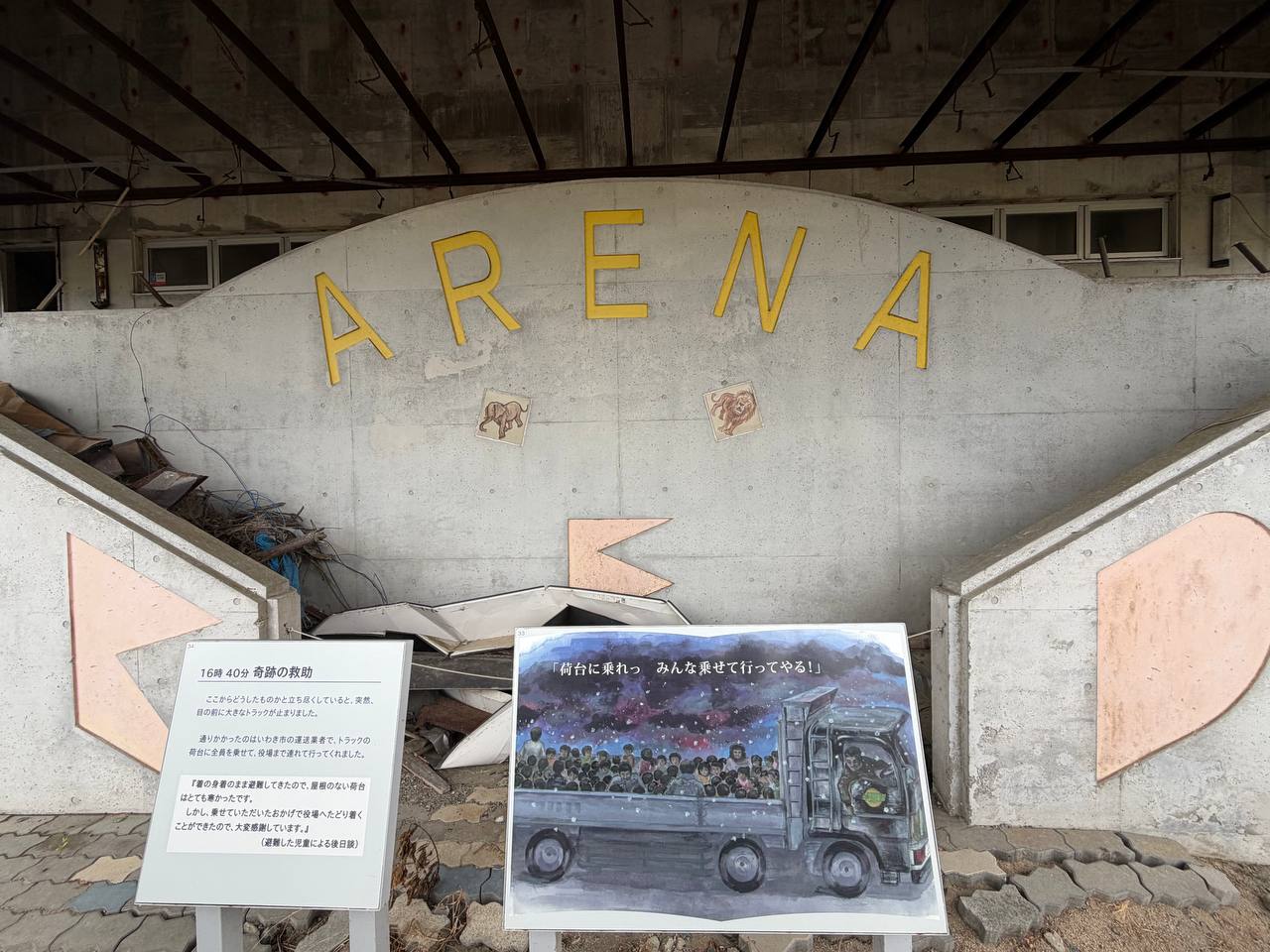
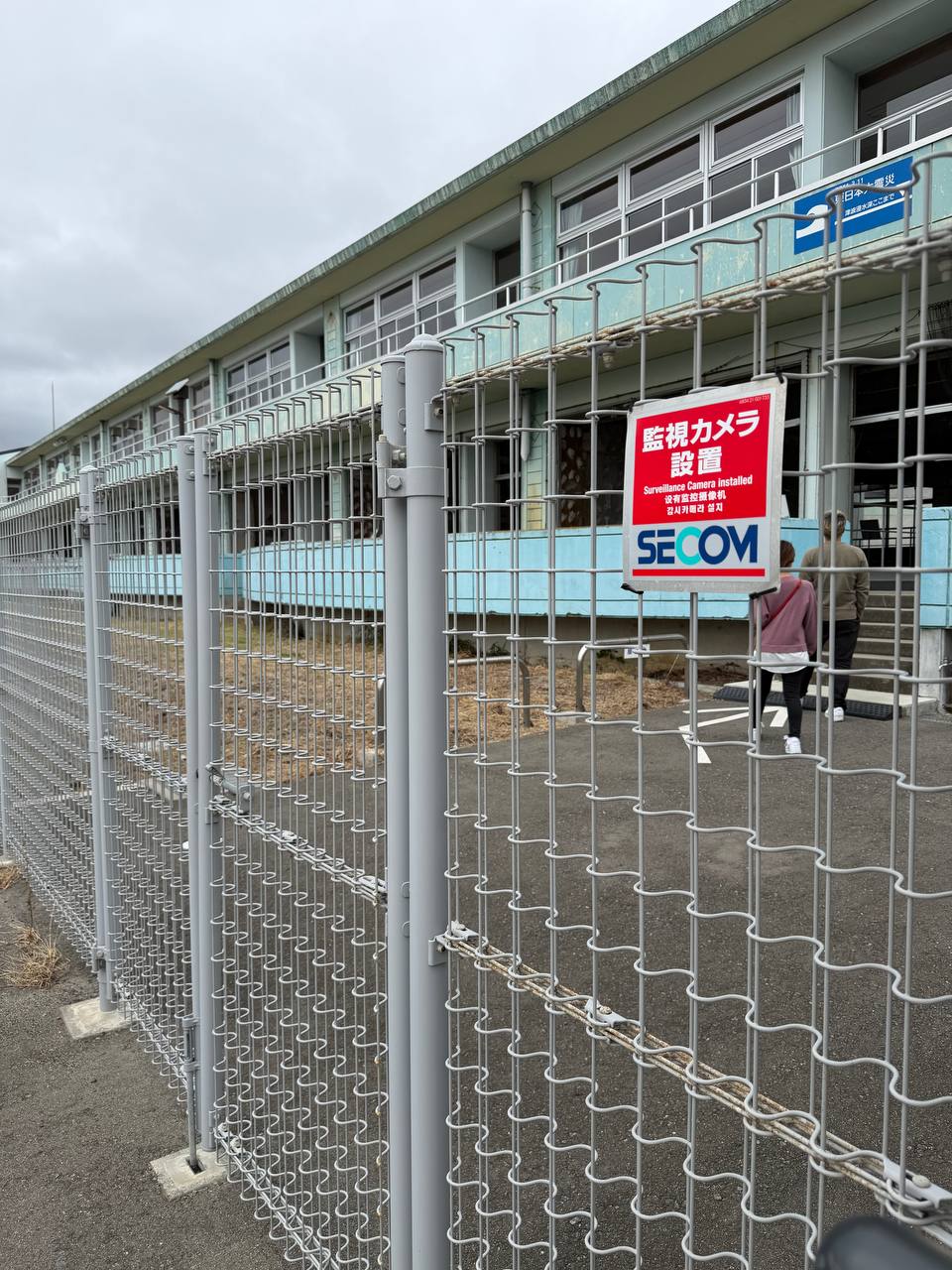
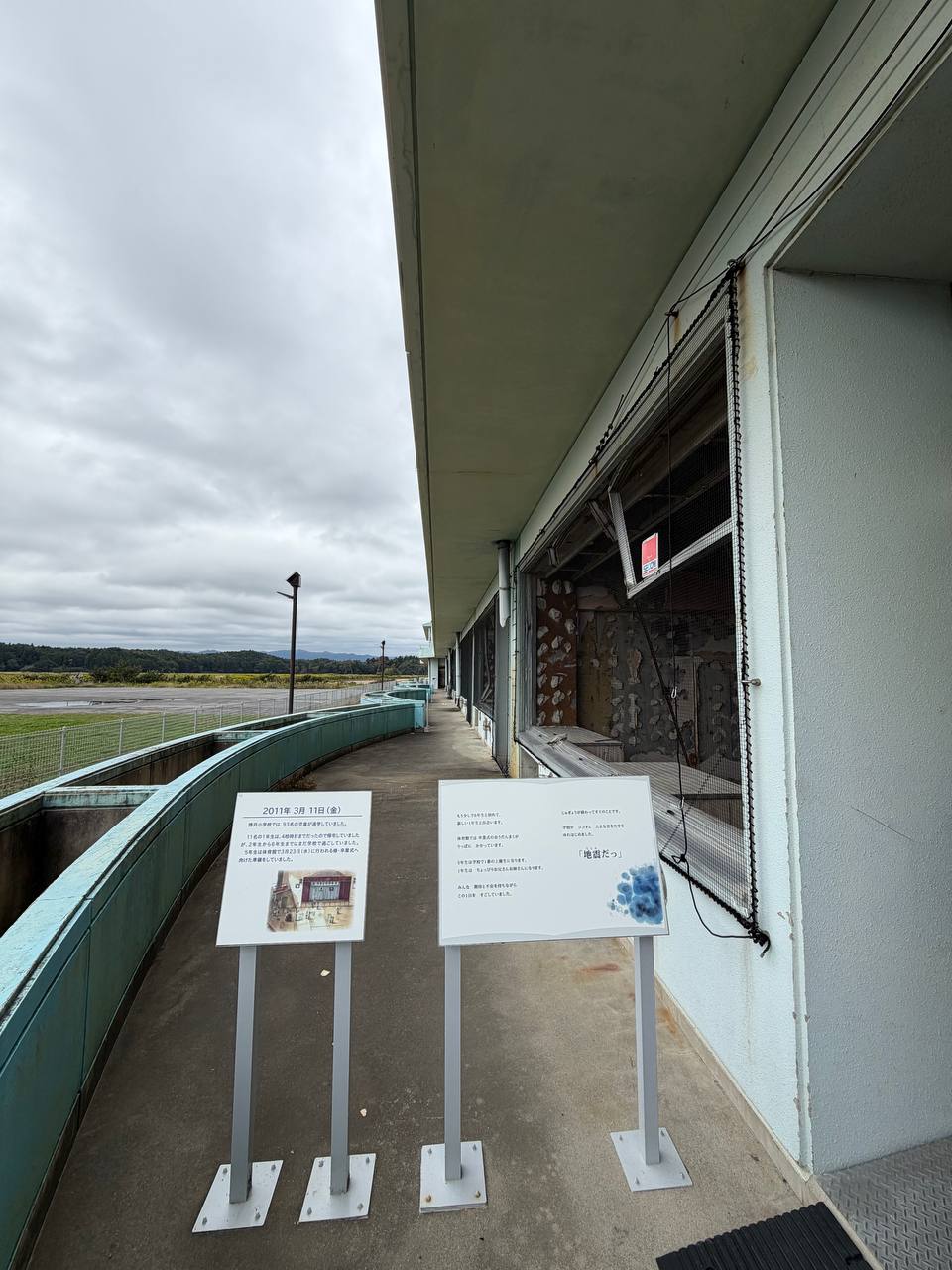
Conclusion
And of course Young Pioneer Tours visits Ukedo Elementary School as part of all our group tours to Fukushima. We can also arrange bespoke trips for individuals or groups who want to see this site and understand firsthand the extraordinary events of March 11, 2011, inclusing student groups.
Click to check our Japan Tours.




